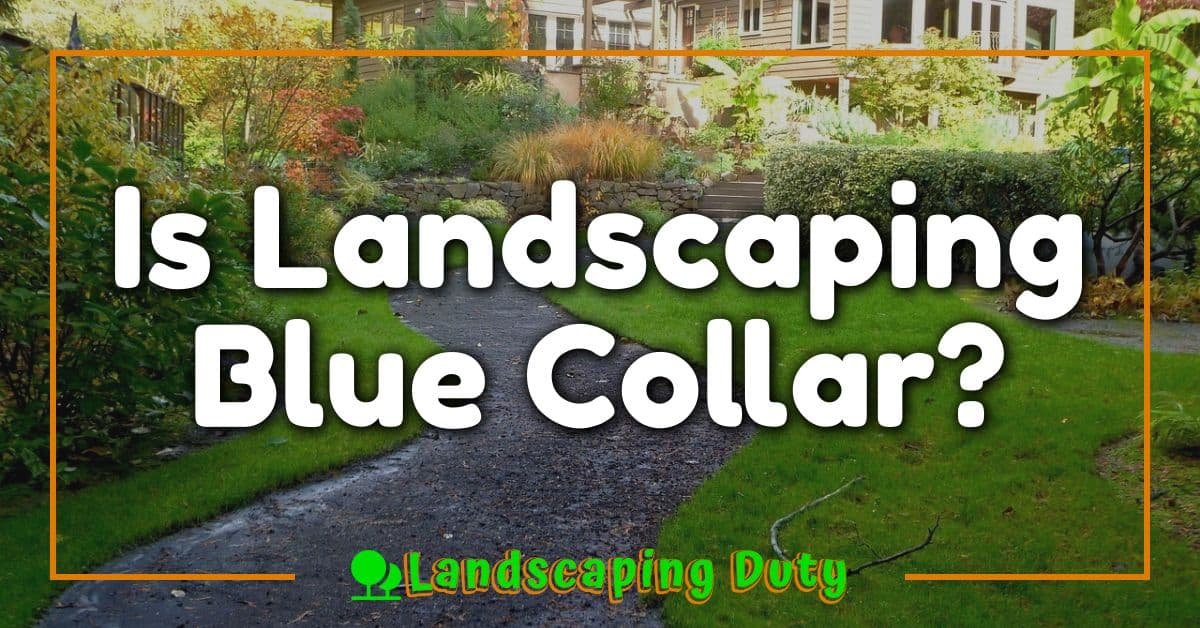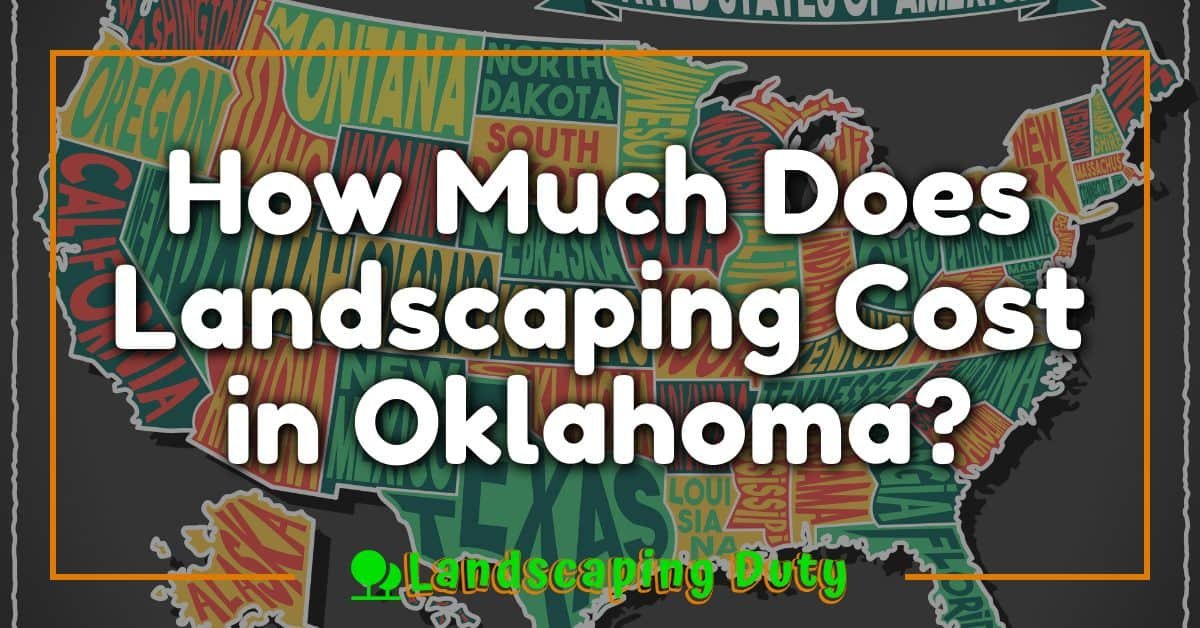There’s something magical about stepping into a tropical garden. The vibrant colors, lush greenery, and soothing sounds of nature instantly transport me to a serene paradise. If you’re lucky enough to live in a warm climate, creating your own tropical oasis might be easier than you think.

I’ve always loved how tropical gardens feel alive, with their bold plants and natural textures. Whether you’re starting from scratch or enhancing your outdoor space, the right design can turn your yard into a lush retreat. Let’s explore how to bring that exotic, tropical vibe to life, no matter the size of your space.
Understanding Tropical Garden Designs
Tropical garden designs thrive in warm climates, utilizing lush foliage, vibrant blooms, and natural elements to create a relaxing outdoor retreat. These designs incorporate plants native to tropical and subtropical regions, such as palms, ferns, hibiscus, and orchids. Dense greenery forms the foundation, while colorful flowers add brightness.
Water features like ponds or small waterfalls enrich the space with visual and auditory appeal. In tropical gardens, pathways often use natural materials like stone or wood, blending seamlessly with the environment. Furniture crafted from bamboo or teak complements the organic atmosphere, offering functional and aesthetic benefits.
Lighting enhances the ambiance after sunset. Soft, warm lighting like lanterns or string lights highlights key features, ensuring the garden remains inviting throughout the evening. Tropical gardens also emphasize the integration of shade through pergolas, trellises, or large-leaf plants, providing comfort in hot climates.
Key Features Of Tropical Gardens
Tropical gardens capture the essence of paradise with their dense greenery, colorful flora, and soothing natural elements. I focus on some of the most distinctive features below, breaking them into essential components.
Lush Foliage And Exotic Plants
Dense and diverse greenery forms the core of any tropical garden. I prioritize plants like ferns, palms, monstera, and philodendrons, as they thrive in warm climates. Adding flowering species like hibiscus or orchids enhances the visual appeal, while ground covers like caladium provide texture. Native plants ensure easy maintenance and a natural look.
Water Features And Natural Elements
Incorporating water adds tranquility and reflects the tropical theme. I opt for elements like ponds, small waterfalls, or birdbaths that introduce soothing sounds and attract wildlife. Natural materials like rocks and wooden elements enhance the connection to nature, blending design with functionality.
Vibrant Colors And Textures
Tropical gardens rely on bold, contrasting hues and varied textures. I select brightly colored flowers like bougainvillea or plumeria alongside variegated leaves for a vibrant effect. Textures from large palm fronds, smooth stones, and rough tree bark create depth, making the space more engaging.
Tips For Designing A Tropical Garden In Warm Climates
Designing a tropical garden in warm climates combines creativity and practicality. Key considerations include selecting suitable plants, ensuring good drainage, and incorporating features for shade and cooling.
Choosing The Right Plants
I focus on plants that thrive in tropical and subtropical conditions. Palms, bird-of-paradise, and hibiscus create a vibrant core, while understory plants like ferns or calatheas add layers. Native species work best as they’re already adapted to the environment. Including a mix of flowering plants like orchids and greenery balances texture and color beautifully.
Maintaining Proper Drainage
Effective drainage keeps roots healthy in tropical gardens. I ensure soil is well-draining by mixing sand or organic matter into clay-heavy areas. Raised garden beds or slight slope grading helps prevent waterlogging after rains. Strategic placement of water-loving plants, like taro, near wetter spots adds to the design while addressing drainage issues.
Incorporating Shade And Cooling Elements
Shade is essential in warm climates, so I integrate structures like pergolas or trellises draped in climbing plants. Large-leaf plants, such as banana trees or elephant ears, create natural shade while enhancing the tropical feel. For extra cooling, I add water elements like fountains, as moving water helps lower surrounding temperatures while elevating the ambiance.
Common Mistakes To Avoid
Ignoring the climate’s limitations leads to plant stress and higher maintenance. Some plants labeled “tropical” can’t handle extreme heat or prolonged direct sunlight. Always check the specific needs of each plant before incorporating it.
Overcrowding plants reduces air circulation and fosters disease. Large-leaf foliage, like banana plants or elephant ears, needs ample space to thrive. Plan for growth to avoid a crowded, unhealthy garden.
Overwatering harms tropical plants by causing root rot. While these plants typically enjoy moist conditions, they don’t tolerate waterlogged soil. Use well-drained soil and ensure adequate drainage systems are in place.
Neglecting shade impacts plant health and usability. Many tropical plants, such as anthuriums and ferns, flourish under partial shade. Failing to provide proper shading may lead to scorching or stunted growth.
Using non-natural materials disrupts the tropical aesthetic. Synthetic elements like plastic furniture clash with the organic feel of a tropical garden. Opt for natural materials like bamboo or teak to maintain visual consistency.
Excessive maintenance requirements defeat the purpose of a relaxing retreat. Choose plants well-suited to your local environment to minimize pruning, watering, and pest management.
« Cost of Native Plant Landscaping: Budgeting Tips & Long-Term Savings English Garden Inspiration for Your Home: Timeless Design Ideas for a Charming Outdoor Retreat »
Examples Of Stunning Tropical Garden Designs
- Lush Oasis with Waterfalls
Immersive gardens with cascading waterfalls create a serene focal point. For example, integrating ferns, bamboo, and elephant ear plants around a pond with a small waterfall adds tranquility and mimics a tropical rainforest.
- Courtyard Tropical Gardens
Compact spaces become vibrant with tall potted palms, vibrant bougainvillea, and colorful bromeliads. Adding teak benches and string lighting enhances the cozy atmosphere for relaxation.
- Balinese-Inspired Retreats
Designs featuring stone statues, koi ponds, and layered planting beds filled with hibiscus, bird-of-paradise, and frangipani evoke traditional Balinese aesthetics. Bamboo pathways complete the natural look.
- Modern Tropical Gardens
Simplistic designs with clean lines use minimalistic furniture and ornamental grasses. Pairing these with water features, like sleek reflective pools surrounded by orchids or calatheas, achieves a contemporary feel.
- Jungle-Inspired Hideaways
Dense arrangements of philodendrons, monstera, and tree ferns create a jungle effect. Including hanging plants and shaded pathways under pergolas enhances the immersive experience.
- Coastal Tropical Gardens
Combining hardy tropical plants like palms and agave with sandy pathways and seashell decorations mirrors beach vibes. Incorporating hammocks or lounge seating completes the laid-back setting.
Each of these examples demonstrates how diverse yet cohesive a tropical garden design can be when tailored to warm climates.
Conclusion
Creating a tropical garden in a warm climate is such a rewarding way to bring nature’s beauty right to your doorstep. With the right mix of plants, thoughtful design elements, and a touch of creativity, you can craft a space that feels like a serene escape every time you step outside.
Whether you’re dreaming of a lush retreat, a cozy courtyard, or a vibrant coastal vibe, there’s no limit to what you can achieve. Let your garden reflect your personality and be a place where you can unwind, recharge, and enjoy the magic of tropical living.
















